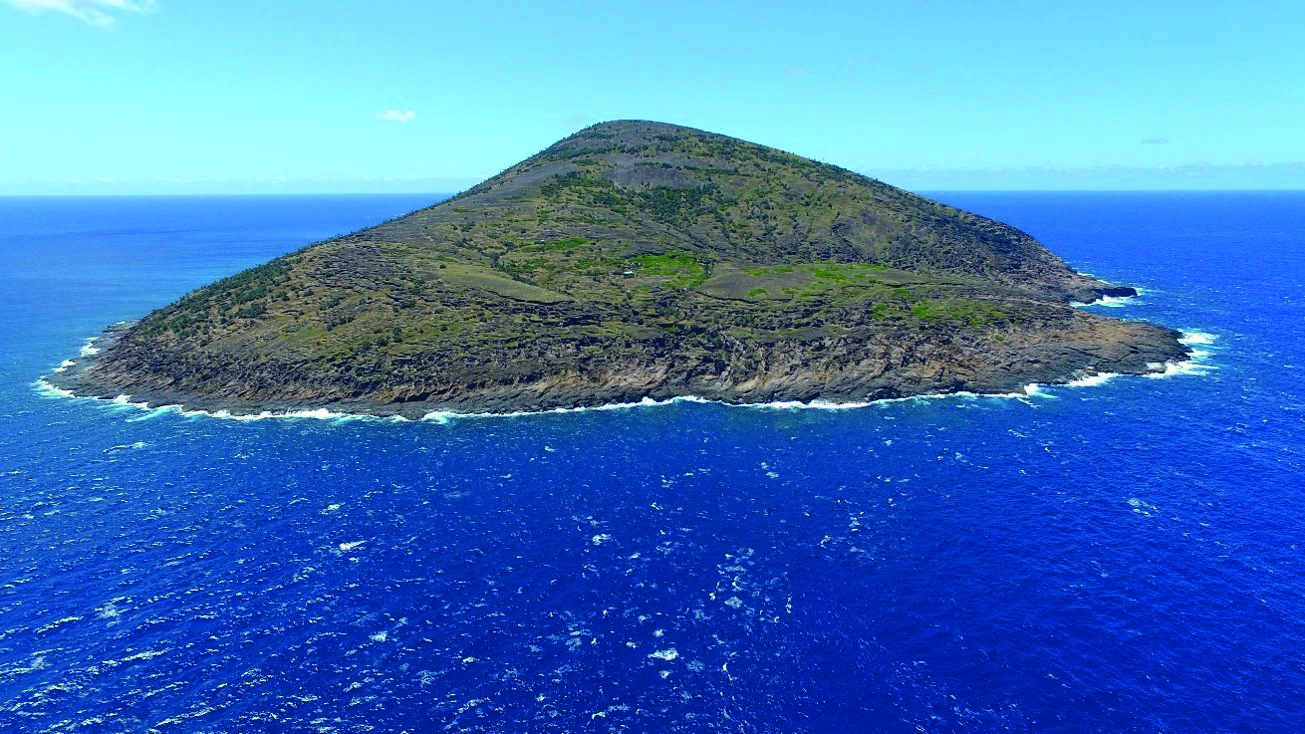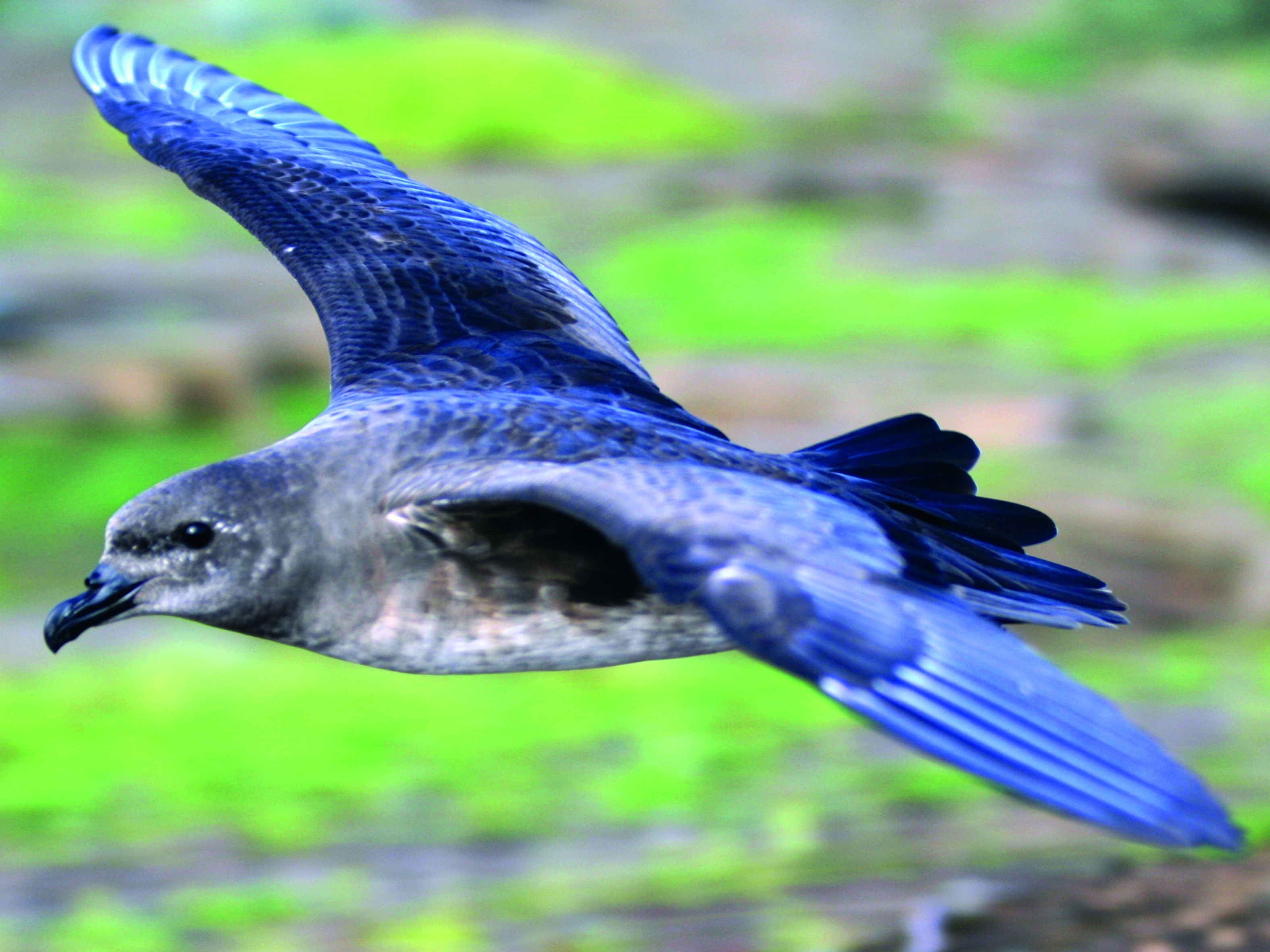News

A rugged volcanic cone rising from the Indian Ocean, Round Island is one of Mauritius’ most treasured ecological sanctuaries. Located 22.5 km off the northeast coast, this 219-hectare island is unlike any other place in Mauritius. Designated a Nature Reserve in 1957, the island is strictly protected and closed to the public, ensuring minimal human disturbance to its rare wildlife.
The island’s journey to recovery has not been easy. For over 150 years, invasive species, particularly introduced goats and rabbits, ravaged the island’s vegetation, leading to severe soil erosion, loss of habitat, and loss of endemic species. However, these destructive animals were completely eradicated by 1986. Since then, through a long-term programme to restore the island that was initiated by the Mauritian Wildlife Foundation and the National Parks and Conservation Service, in collaboration with Durrell Wildlife Conservation Trust, we have seen an extraordinary revival, with its native flora and fauna making a remarkable comeback.

Round Island is home to an astonishing array of unique and endangered species, many of which were once on the brink of extinction. Among its rare reptile residents are Telfair’s Skink (Leiolopisma telfairi), Guënther’s Gecko (Phelsuma guentheri), and the Keel-scaled Boa (Casarea dussumieri), species that had vanished from mainland Mauritius due to habitat destruction and invasive predators. The Telfair’s Skink is a large, ground-dwelling lizard found only on Round Island. It plays a key role in maintaining the ecological balance by controlling insect populations. The Guënther’s Gecko, named after the German zoologist Albert Günther, is a large size gecko averaging 25 cm in length. Its colouration is commonly pale greyish-brown. They are largely restricted to Latania palms and Pandanus (vacoas) on Round Island, but are also frequently seen in open rocky areas and on gully walls. The Keel-scaled Boa is an arboreal, nocturnal predator that once thrived on Mauritius, but due to the introduction of invasive species like rats, it became increasingly rare. Fortunately, Round Island remains a stronghold for this endangered species.
On the other hand, the Round Island Burrowing Boa (Bolyeria multocarinata) has become extinct due to invasive predators, highlighting the fragile nature of island ecosystems. This species once flourished on Round Island before the impacts of human activity and invasive animals took their toll.

The island is also a globally significant seabird breeding site. It is the only known nesting ground in the Indian Ocean for the Round Island Petrel (Pterodroma arminjoniana), a species of uncertain taxonomy believed to be a hybrid of multiple petrel species. Other seabirds, including the Red-tailed Tropicbird (Phaethon rubricauda), White-tailed Tropicbird (Phaethon lepturus), Wedge-tailed Shearwater (Ardenna pacifica), and Bulwer’s Petrel (Bulweria bulwerii), also find sanctuary here. The Round Island Petrel, with its remarkable long migrations, remains a symbol of the island’s success in seabird conservation. Red-tailed and White-tailed Tropicbirds are known for their striking tail feathers and are closely tied to the island’s cliffs, where they nest in the steep, inaccessible areas.
Once dominated by a now-lost hardwood forest, Round Island’s vegetation has begun a steady recovery. The island supports the last remnants of a palm-rich forest that once thrived across Mauritius. Endemic species such as the Round Island Bottle Palm (Hyophorbe lagenicaulis) and the Blue Latan Palm (Latania loddigesii) have seen significant regeneration. The Round Island Bottle Palm is particularly notable as it was once feared extinct but has been successfully propagated thanks to the efforts of the MWF. This species is one of the rarest palms in the world. The Blue Latan Palm, with its distinctive fan-shaped leaves, is another testament to Round Island’s exceptional conservation efforts. It thrives in the island’s steep ravines and cliffs, making it a unique addition to the island's landscape.
Unfortunately, the islet recently lost the last known wild individual of the hurricane palm (Dictosperma album var. conjugatum) as it succumbed to a windstorm. However, seeds had been collected and planted elsewhere as from the 1990s leaving some hope that the species might still recover from complete extinction.
Conservation on Round Island remains an ongoing challenge. Invasive plant species threaten to overtake native vegetation, and climate change presents new uncertainties. Continued scientific research and active habitat restoration are essential to ensuring that this ecological treasure continues to thrive for generations to come.